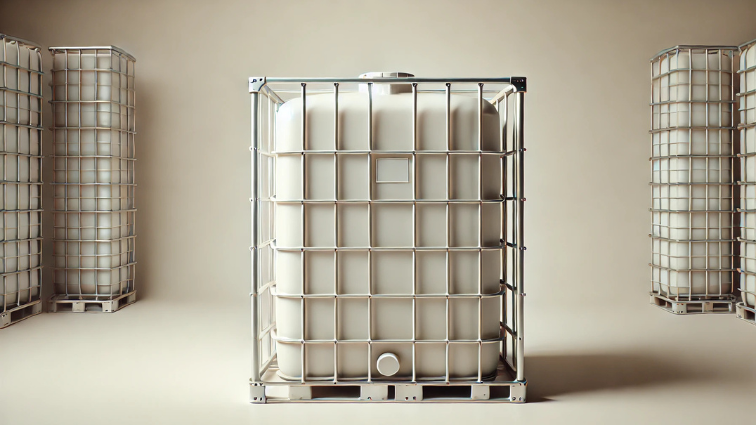Why is tank disinfection important?
Over time, water storage and tank systems can become a breeding ground for microorganisms such as bacteria, viruses and algae. Particularly problematic is stagnant water, which creates ideal conditions for microbial growth. To ensure safe water quality, various disinfection methods are used - including UVC disinfection. But can UVC alone guarantee complete tank disinfection?
How does UVC disinfection work in tanks?
UVC technology uses ultraviolet light with a wavelength of 254 nm to kill microorganisms. By destroying the DNA and RNA, the germs lose their ability to reproduce. There are two basic applications for tank disinfection:
- Direct irradiation in the tankUVC lamps are installed inside the tank to irradiate the water directly.
- Flow-through sterilizationThe water is passed through a UVC chamber as it leaves the tank before it is used.
Challenges of UVC disinfection in tanks
Although UVC is an effective method of disinfection, there are some limitations to tank disinfection:
- Low UVC transmissionWater often contains particles, turbidity or high levels of dissolved substances that reduce UVC transmission. This reduces the irradiation efficiency.
- No depot effectUVC only works where the light directly hits the microorganisms. Biofilms on tank walls or in pipes remain unaffected.
- Shadow formationIn larger tanks or if the UVC lamps are positioned unfavorably, shadow zones are created in which germs can survive.
Optimal combination: Tank and flow-through disinfection
As UVC irradiation in the tank alone is often not sufficient, we recommend a combination of tank disinfection and flow-through disinfection:
- UVC irradiation in the tankReduces the growth of germs in stagnant water.
- Filtration to improve UVC transmissionPre-filtration removes particles that impair the UVC effect.
- Flow-through sterilization at the water outlet: Ensures reliable sterility before the water is used.
Comparison with other methods of tank disinfection
Chemical disinfection (e.g. chlorine, chlorine dioxide, hydrogen peroxide)
Chemicals offer a long-lasting depot effect and also reach biofilms.
- Advantages: Long-lasting germicidal effect, effective against biofilms.
- Disadvantages: Change in taste and odor of the water, risk of by-products, increased maintenance effort.
Ozone disinfection
Ozone is a strong oxidizing agent that quickly destroys germs and breaks down organic substances.
- Advantages: Very effective disinfection, no long-term chemical residues.
- Disadvantages: Complex technology with high energy consumption, no depot effect.
Conclusion
UVC disinfection is an environmentally friendly and chemical-free method of tank disinfection, but with limitations in terms of transmission, shadow formation and depot effect. The best solution is a combination of tank and flow-through disinfection, supplemented by pre-filtration if necessary. This ensures that the water is not only germ-free in the tank, but also when it leaves the tank and that high water quality is guaranteed.
 Phone: +49 3641 327 9697
Phone: +49 3641 327 9697
 Official Purion dealer
Official Purion dealer

